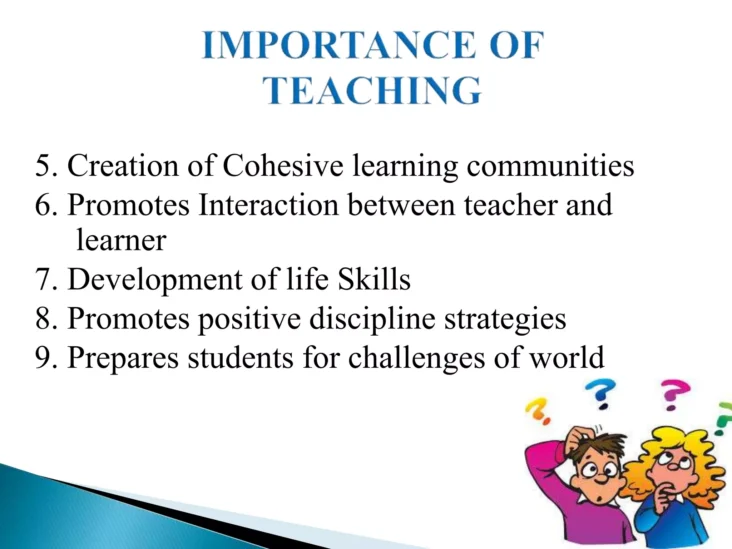As a student in today’s world, it is so important to understand the importance of teaching our children about diversity and inclusion. We live in a world that is becoming increasingly diverse, and it is essential to educate our children about the importance of respecting and celebrating different cultures, beliefs, values, and backgrounds. Teaching our children about diversity and inclusion can help them become more open-minded and compassionate individuals, while also providing them with the tools to navigate a world that is ever-changing and full of different perspectives.
Educating Kids on the Importance of Diversity and Inclusion

Education on diversity and inclusion is an important part of raising kids. Teaching children to understand, accept and respect people of all backgrounds, races, genders, and religions is key to creating a more inclusive society. We need to educate our kids about the importance of diversity and inclusion in order to create a better future for everyone. We need to teach our kids that everyone is equal and should be treated with respect and kindness, no matter what they look like. We should also teach our kids to celebrate our differences and recognize that what makes us unique is what makes us special. By doing this, we can create a more open and accepting world that celebrates diversity.
Understanding How Unconscious Bias Can Shape Thinking

As a young adult, I understand the importance of teaching children about diversity and inclusion. One way to do this is to understand how unconscious bias can shape thinking. Unconscious bias is a result of our beliefs, values and experiences. It affects how we think about, interact with and make decisions about people who are different from us, even when we don’t realize it. This can lead to unfair treatment of people based on their gender, race, nationality, or sexual orientation. It is important to teach our children how to recognize, identify and challenge unconscious bias to create a more inclusive environment.
Exploring the Benefits of a Diverse and Inclusive Environment
Exploring the benefits of a diverse and inclusive environment can be incredibly valuable for your children’s growth. It can help them build empathy, acceptance, and understanding of all cultures, genders, and orientations, preparing them for a more tolerant, open-minded and progressive future. A diverse and inclusive environment can also provide exposure to a variety of perspectives, enabling children to develop critical thinking and problem-solving skills. Learning to embrace diversity can also help children become better collaborators, giving them the opportunity to benefit from the perspectives and skills of others.
Encouraging Kids to Embrace Different Cultures and Identities

As a young adult of the 21st century, I firmly believe that teaching kids to embrace different cultures and identities is of utmost importance. It is essential to ensure that kids understand and respect the diversity of the world around them. We should help them become aware of the different types of people, cultures and beliefs present in their communities. Additionally, we must nurture an environment of acceptance and inclusivity. We can do this by celebrating our diverse holidays, speaking out against discrimination and prejudice, and encouraging children to participate in activities that promote multiculturalism. By doing this, we can help our children learn to love and appreciate the differences in the world and become more tolerant and understanding of others.
Teaching Kids How to Respect and Celebrate Differences
Teaching children to respect and celebrate diversity is essential in our ever-changing world. As they get older, they need to understand the importance of acceptance and inclusion. We must show them that there is beauty in all cultures and that everyone deserves to be respected. We can do this by introducing them to literature and music from different backgrounds, having discussions about diversity, and encouraging them to ask questions. Additionally, we can find ways to celebrate holidays and traditions from various cultures and show them that different doesn’t mean wrong. By teaching our children to respect and celebrate differences, we can create a more accepting and tolerant world.




